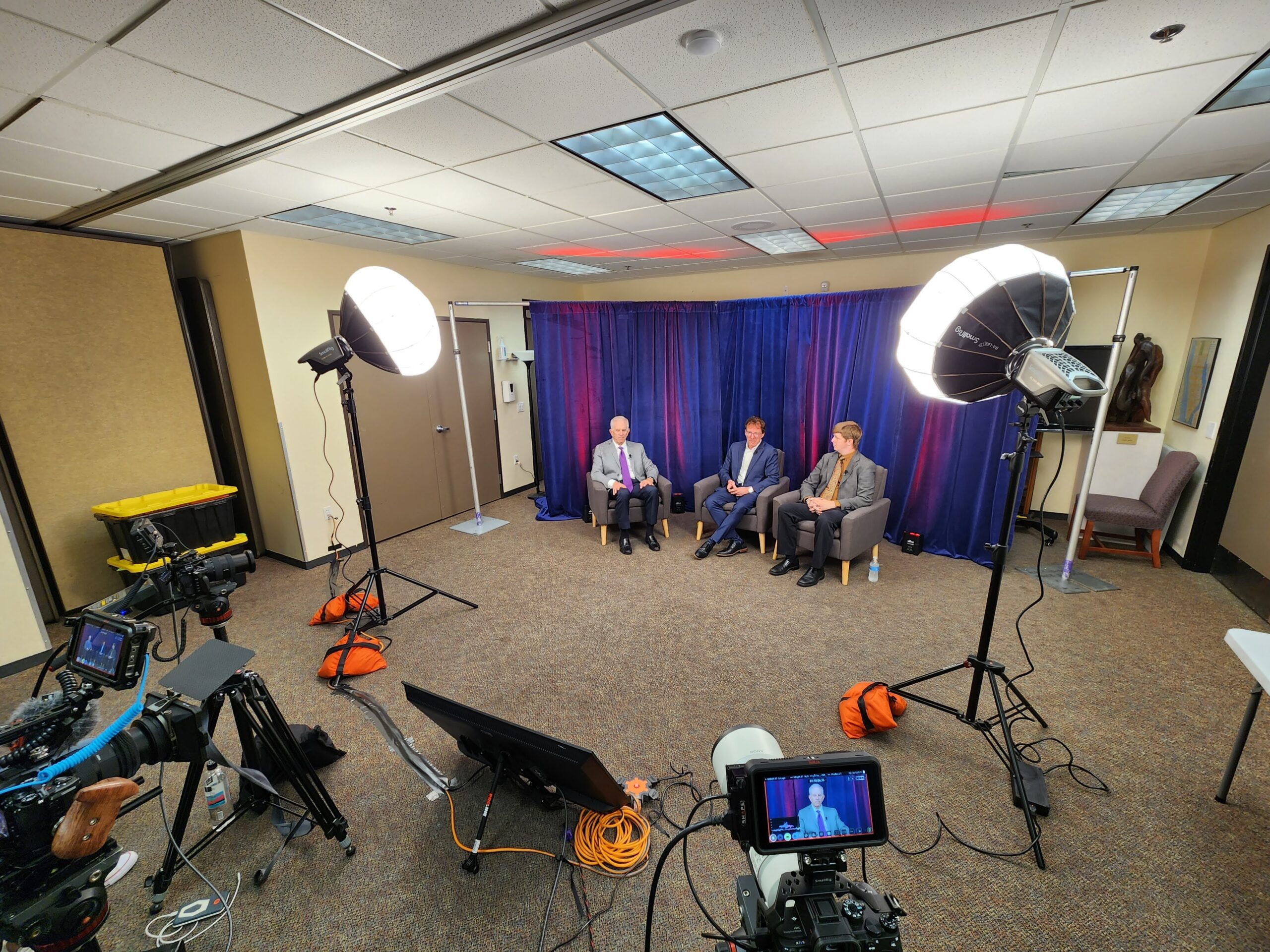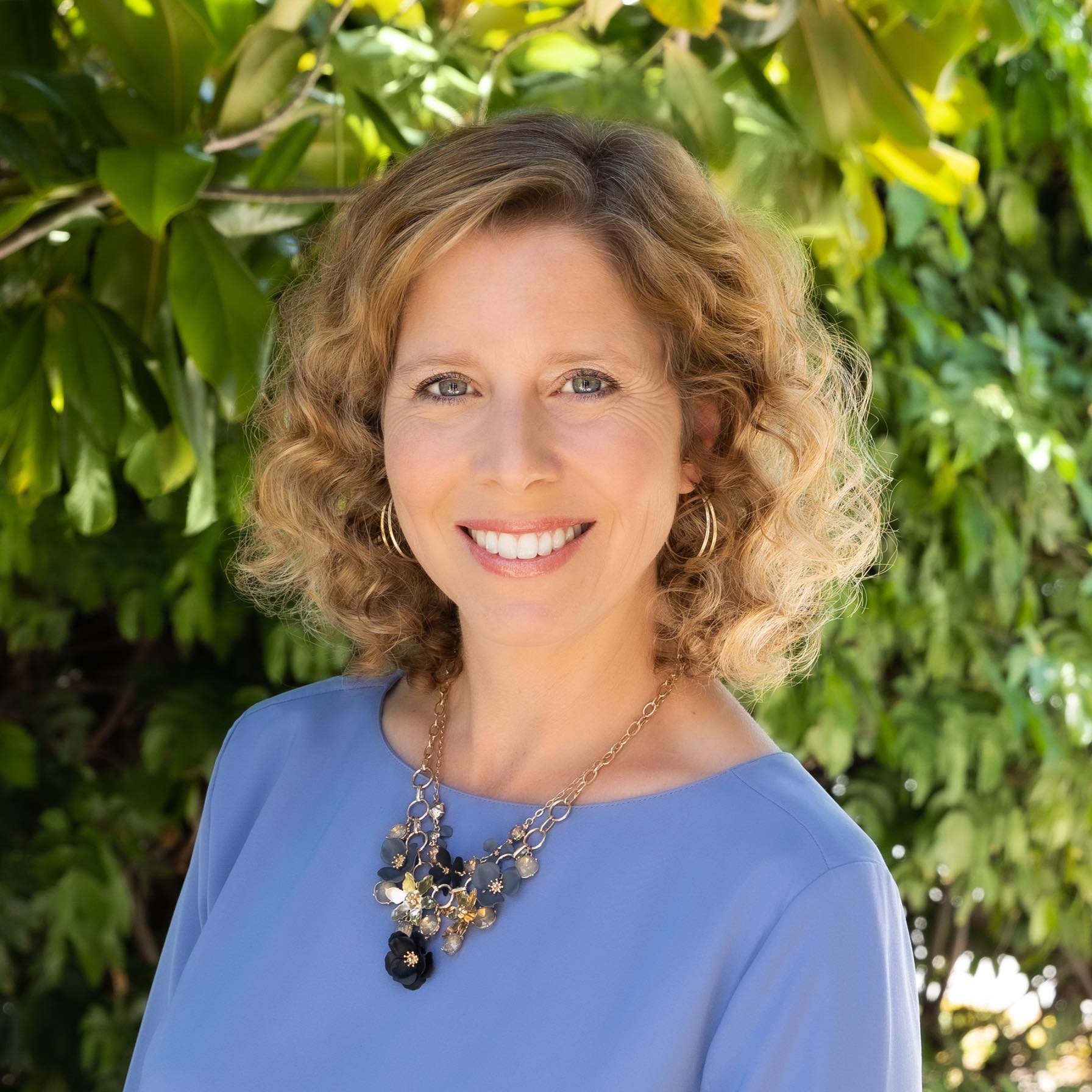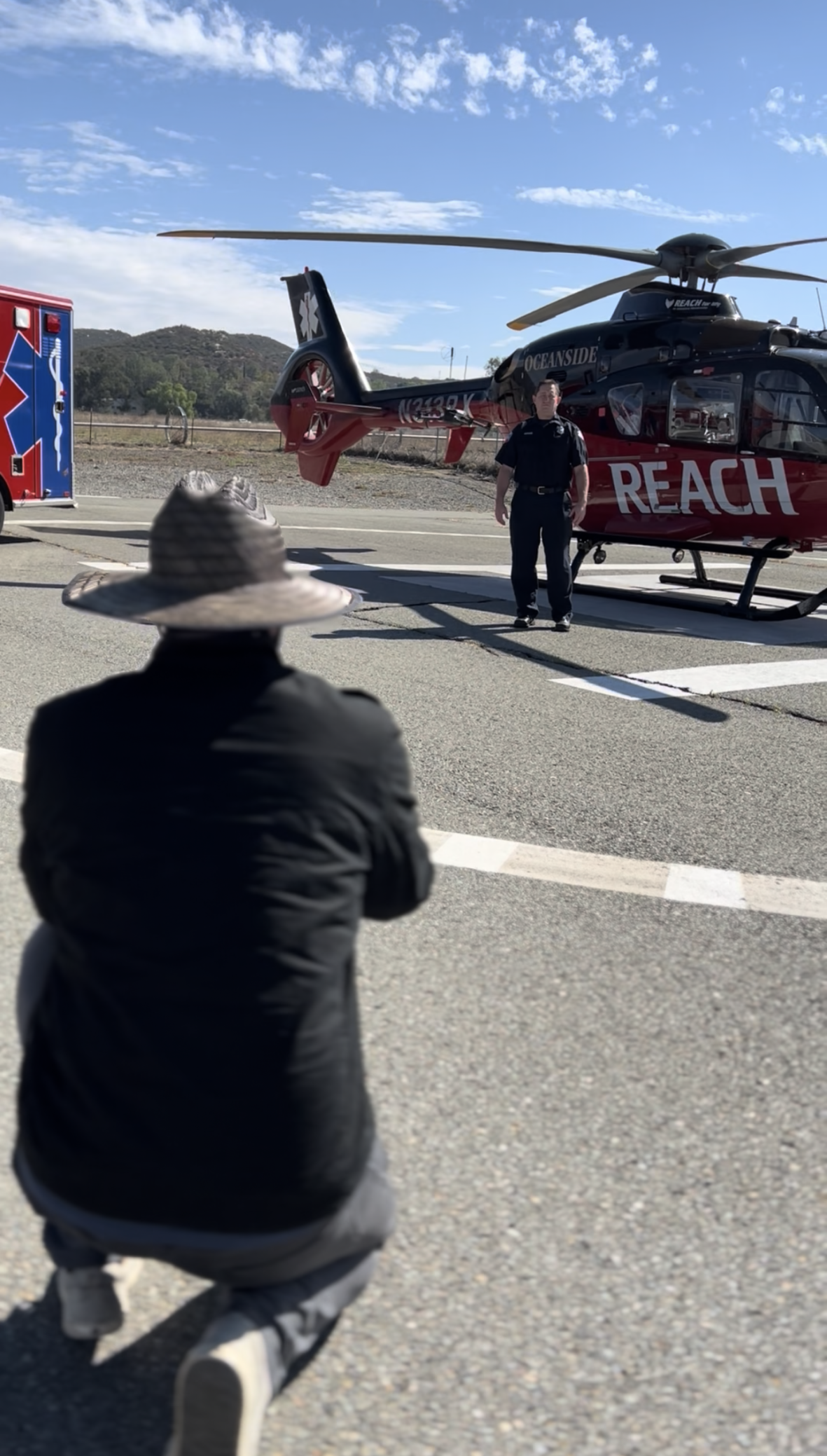
Live streaming has become a cornerstone of modern digital communication and marketing. According to a 2025 analysis of global streaming behavior, more than 28.5 percent of internet users worldwide now watch live streams at least once a week (Source: DemandSage 2025). In the second quarter of 2024, viewers consumed roughly 8.5 billion hours of live streamed content across major platforms, a number that continues to climb year over year (Source: DemandSage 2025). The global live streaming market, valued at about 99.8 billion dollars in 2024, is projected to surpass 345.1 billion dollars by 2030 with an estimated compound annual growth rate of about 23 percent (Source: DemandSage 2025).
For brands, this reach is significant. However, reach alone is not enough to generate meaningful results. Live streaming is uniquely valuable because it creates real time interaction and deeper engagement. Viewers spend an average of 25.4 minutes watching a single live stream session, a duration that significantly exceeds the engagement time associated with most pre recorded videos (Source: DemandSage 2025). This extended watch time gives businesses more room to communicate their message, demonstrate expertise, and build trust with audiences.
Keeping that audience engaged requires high production quality. Clear audio and clean video remain the two most important factors influencing viewer retention. Studies on streaming performance consistently show that viewer satisfaction is closely linked to what is known as Quality of Experience, or QoE, which includes smooth playback, minimal buffering, accurate lighting, stable camera work, and crisp sound (Source: Live Streaming Insights Report 2024). Even minor issues such as background noise, echo, or pixelated video can cause audiences to disconnect from the content and leave the stream early.
Because live streaming involves both creative storytelling and technical execution, many brands choose to partner with a professional production company. This is where F&L Media’s live streaming production services can make an immediate impact.
A professional team understands the technical aspects of streaming such as encoding, bitrate management, bandwidth assessment, multi camera switching, lighting design, and audio mixing. Experienced crews know how to prevent lag, avoid signal interruptions, and manage unexpected issues in real time. This allows brands to stay focused on their message, their audience, and their goals rather than worrying about technical complications.
A strong live stream also relies on clear strategy, not only equipment. Professional support ensures that framing, pacing, and overall presentation align with the tone and purpose of the event. F&L Media helps clients create environments that look polished and feel natural, which strengthens viewer confidence and encourages engagement throughout the broadcast. These skills come directly from our deep experience in corporate video production, event production, and branded storytelling.
Analytics play an essential role after the stream ends. Most major streaming platforms provide detailed viewer data, including concurrent viewership, average watch time, geographic reach, engagement patterns, and chat activity. These insights help brands understand what performed well, where attention dropped, and which elements resonated most with the audience. Data driven refinements improve the effectiveness of future live streams and support long term growth.
Live streaming is no longer a trend or an optional tool. It is a central communication method for businesses and organizations that want to grow their online presence and connect with audiences in an immediate and authentic way. With strong planning, high quality audio and video, consistent branding, and reliable professional support, a live stream becomes a powerful extension of a brand’s storytelling. Partnering with a production specialist such as F&L Media ensures that the live stream reflects the professionalism of the organization and delivers a compelling viewer experience that drives engagement and results.
For organizations ready to elevate their digital presence, F&L Media offers full service support including live event streaming, multi camera production, on site technical crews, and professional audio engineering that ensures seamless broadcasts every time.


